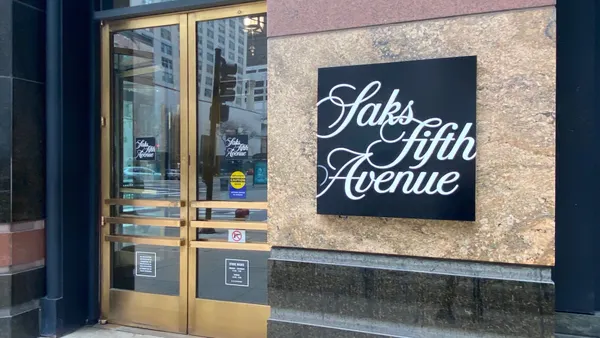Dive Brief:
- MasterCard and Visa forged an agreement to speed the adoption of secure payment tokens by allowing the card networks to request tokenized payment credentials across one another's digital wallet platforms.
- Under the agreement, Visa can request tokenized MasterCard payment credentials from MasterCard for provisioning into Visa Checkout, and MasterCard can request tokenized Visa credentials from Visa for provisioning into Masterpass.
- In announcing the agreement, MasterCard noted that it had launched its MDES tokenization service in October 2014, and that it now connects with almost 700 issuing banks.
Dive Insight:
This is a nice example of both big payment card networks acting in the best interests of their cardholders and merchants. Tokenization — essentially encryption — offers another layer of protection in transaction security. Both companies already have it enabled in their digital wallet platforms: Visa began limited token support in early 2015 for Visa Checkout, and at that point it was seen as a major new benefit for retail partners like the Gap, Neiman Marcus and Staples. MasterCard layered tokenization support into Masterpass this past summer when it expanded the wallet app to support in-store payments.
Both companies also have had an open attitude about support one another's payment cards in their digital wallets, allowing Masterpass users to load up their Visa payment card details, and Visa Checkout users to do the same with MasterCard cards. So it makes a heck of a lot of sense for them also to support cross-network tokenization, and in doing so they should only help the cause for increasing use of tokens throughout the payments sector.
This has as much to do with the future of payments as it does the present. Digitizing or tokenizing card credentials is viewed as an important step to enabling payments on a massive scale through connected devices, wearables and the billions of machines that will make up the Internet of Things. Those devices will be conducting billions of transactions on their own, some of which will not even be actively initiated by human users.
As we move toward that future, threats to transaction security will not be going away, and more likely will continue to increase and become more varied. That means payment companies and retailers need to plan adoption of multi-layered security strategies that make it harder to compromise a transaction at any point in its journey. EMV is a nice advancement in payment security, and is reducing fraud as we speak, but more needs to be done.










